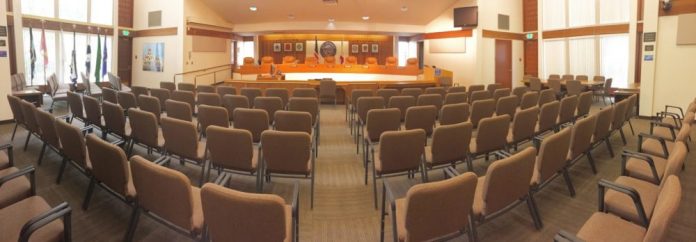Each year the City of Gilroy allocates federal and city money to public service projects that aid marginalized communities within the city.
On May 6, the council will vote on the full list of projects and organizations receiving funding that will likely total $396,955. The ranking of the projects is done by the Community Neighborhood Revitalization Committee and presented to the council for approval.
The list was expected to be approved at the April 15 council meeting, but community development manager Kristi Abrams said there was an additional $14,200 that had not yet been allocated. Abrams told the council that staff wanted to be sure the committee had the chance to allocate the money before the funding was set.
“We want to make sure that all of our non-profits have the opportunity to get all of the funding that they can,” Abrams told the council.
There are currently nine public services and non-profits on the ranking list: Catholic Charities, the Gilroy Compassion Center, Live Oak Adult Day Services, St. Joseph’s Family Center, Silicon Valley Independent Living Center, The Health Trust, City of Gilroy Recreation Center, an unnamed rehabilitation program and Rebuilding Together Silicon Valley.
The Compassion Center received city and federal funding in the proposed list, for a total of $40,000, with $16,200 coming from the federal block grant and $23,800 from the city’s housing trust fund.
Jan Bernstein-Chargin, board chair for the Gilroy Compassion Center, spoke to the council at the April 15 meeting. “Since there is some money that is not yet allocated, I would say homelessness continues to be a big problem–not just in Gilroy but (throughout) the Bay Area,” said Bernstein-Chargin. “So it’s not a local problem, but we still have local impacts and we could use additional money to provide more outreach.”
In January the city posted notices for grant applications on the city website and in this paper; applications were due at the end of February. According to the April staff report, the city outlined funding priorities in March via community input sessions.
These priorities were basic needs, supportive services, youth services, housing rehabilitation and housing services.













